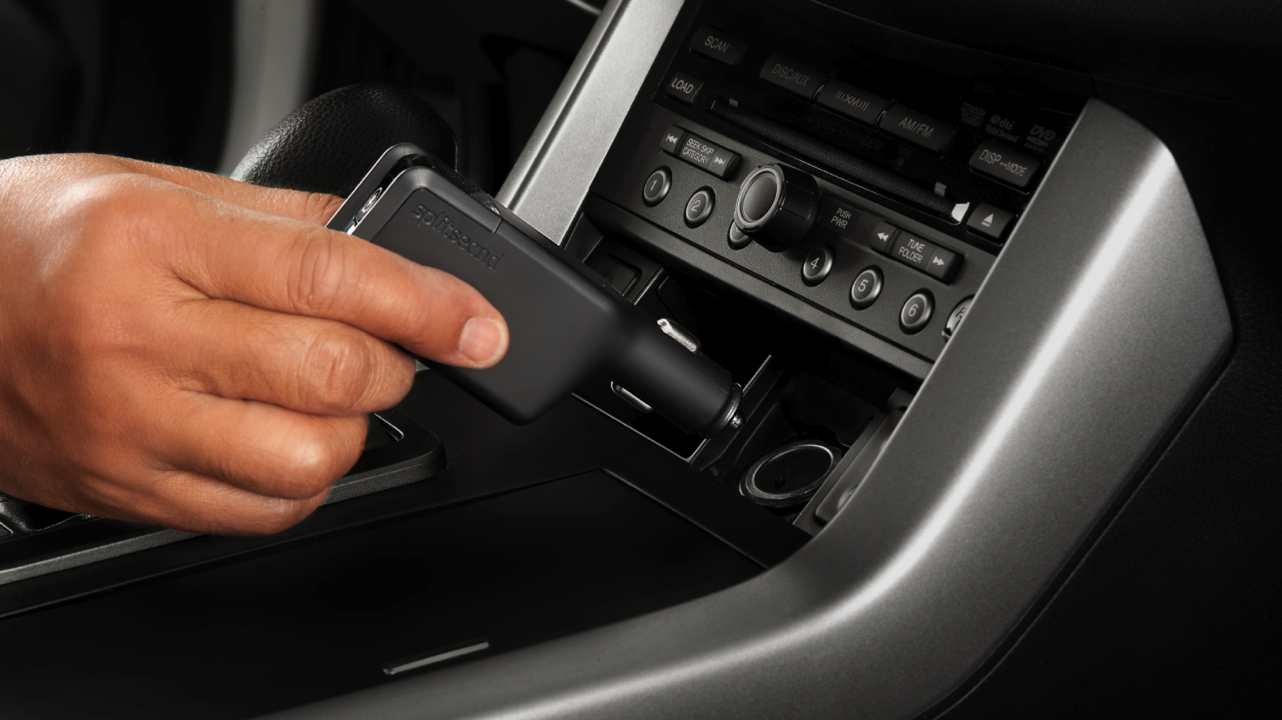When you get behind the wheel, you never know what the road has in store. A flat tire, a sudden breakdown, or even a crash can happen without warning. Most of us depend on phones for help, but what if you are hurt, can’t reach it, or the battery is dead? That’s the problem SplitSecnd tried to solve.
SplitSecnd was a small device that plugged into a car’s lighter outlet. Simple idea—yet powerful. It could call for help on its own, even if the driver couldn’t. Some called it a “silent co-pilot.” I’d call it more like a seatbelt for your peace of mind.
What SplitSecnd Could Do
The gadget wasn’t loaded with apps or touchscreens. Instead, it focused on one job: keeping people safe.
- If it sensed a crash, it connected to a live operator. Help would be sent to the GPS location even if no one spoke.
- It had a big SOS button. Press it, and you are connected to emergency services.
- Families could use an app to check where the car was. Parents used it for teens, and kids used it to watch over their elderly parents.
- It tracked trips. That meant drivers could see routes, driving style, and learn safer habits.
- Even if the car lost power, it had a small backup battery to stay alive long enough to make that emergency call.
All of this from a device no bigger than a pack of cards.
Who Found It Useful
SplitSecnd wasn’t just for tech fans. It was for everyday drivers.
- Parents of teens liked it because it felt like an extra set of eyes on the road.
- Older drivers found comfort knowing someone could reach them fast.
- People with older cars liked that it gave them the kind of safety found only in newer, pricier models.
- Road trippers liked the fact they weren’t alone if trouble came up on an empty highway.
One family once described it as “having a neighbor riding along, even on roads far from home.”
Why It Stood Out
The best thing was how easy it was. No garage visit, no complicated setup. Just plug it into the lighter socket. Done. That meant you could move it between cars in a family, like swapping a charger.
It also stood out because it didn’t need you to be awake or alert to call for help. In a serious crash, that could make the difference between life and death.
The Rise and Fade
SplitSecnd first showed up in the early 2010s. It caught attention in the U.S. and Europe. Orange Business even partnered with it, and later Bay Alarm Medical picked it up. Reviews praised the concept. PCMag called it smart for families worried about safety.
But time moved fast. By 2016 and 2018, phones like the iPhone started offering crash detection. Car makers added built-in systems like OnStar. SplitSecnd slowly disappeared from shelves. The idea was solid, but the competition was too big.
Today’s Replacements
Even if you can’t buy SplitSecnd easily today, the need it filled hasn’t gone away. Drivers still want peace of mind. Current options include:
- OnStar in GM cars.
- Crash Detection in iPhones and some Androids.
- GPS trackers with SOS buttons you can buy online.
SplitSecnd was like the first runner in a race. Others grabbed the baton and kept going.
What We Learn From It
SplitSecnd’s story shows how a small gadget can make people feel safer. It proved that you don’t need a brand-new car to have modern protection. A plug-in tool, no bigger than your hand, could call an ambulance faster than you could reach your phone.
For families, it wasn’t just about tech. It was about trust. Parents slept better. Seniors drove with confidence. Road trippers felt less alone.
Conclusion
SplitSecnd may not be widely sold now, but its idea lives on in many ways. Safety doesn’t always need fancy dashboards or expensive cars. Sometimes it comes in a small plug, waiting quietly, ready to act in a split second.
Like a lighthouse guiding a ship on a dark coast, SplitSecnd reminded drivers that help was never too far away.


Leave a Reply